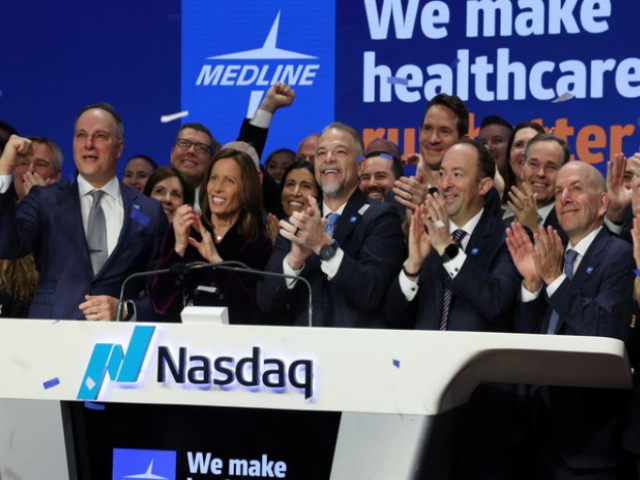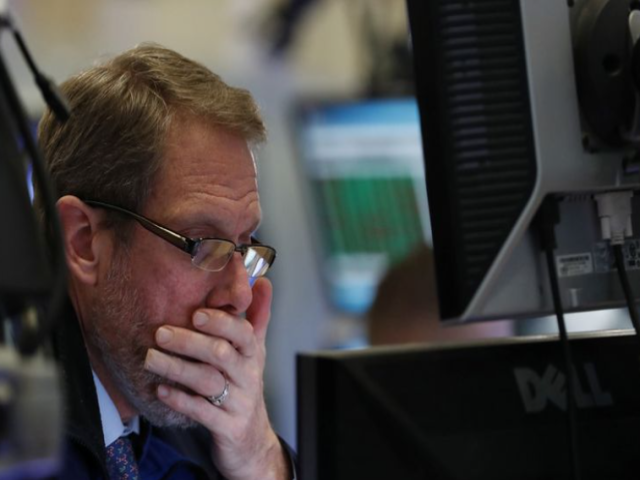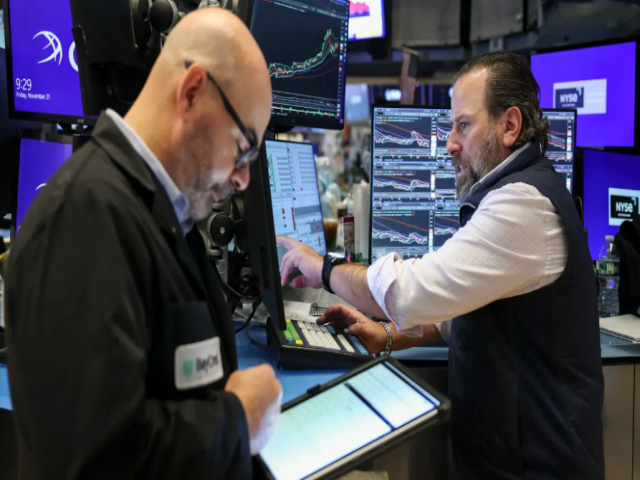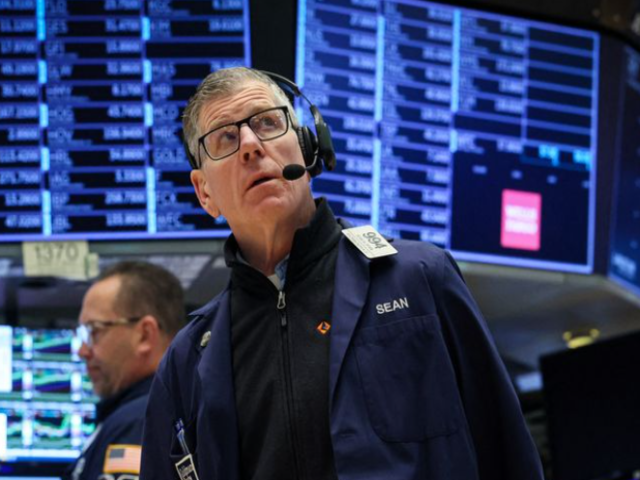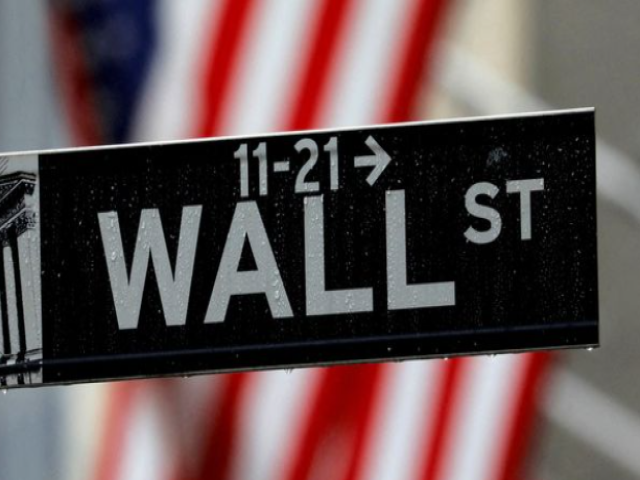16 May 2025
S&P 500 boosts despite shock dip in consumer sentiment

The S&P 500's robust performance on Friday, culminating in a significant weekly gain, showcased the market's resilience despite a surprising dip in consumer sentiment. This positive market reaction underscores the continued optimism fueled by the recent U.S.-China trade truce. At the close of trading, the Dow Jones Industrial Average surged 331 points (0.8%), the S&P 500 climbed 0.7%, and the NASDAQ Composite added 0.5%.
The week's gains were even more impressive, with the S&P 500 up 5.3%, the Dow up 3.4%, and the Nasdaq jumping 7.2%. This surge directly reflects the relief felt by investors following the 90-day tariff truce agreed upon by U.S. and Chinese officials. This agreement alleviated concerns about escalating trade tensions and their potential negative impact on global economic growth.
However, the positive market sentiment wasn't entirely unblemished. The preliminary University of Michigan Consumer Sentiment Index for May registered a disappointing 50.8, down from 52.2 in April and significantly below the anticipated 53.4. This represents a nearly 30% decline since January 2025, signaling a considerable erosion of consumer confidence. This unexpected drop is particularly concerning given the concurrent rise in inflation expectations. The survey revealed a jump in 1-year inflation expectations to 7.3%, exceeding the predicted 6.5%, and a rise in 5-10 year inflation expectations to 4.6% from an expected 4.4%.
The impact of the previously implemented tariffs, although currently less severe than the measures rolled out on April 2nd, is expected to manifest in upcoming economic data releases. Many on Wall Street anticipate increased price pressures, potentially fueling inflationary pressures. Morgan Stanley, in a recent note, highlighted this concern, stating, "In raising tariffs, the administration touched the stove and found it hot. Inflation should pick up beginning in May, keeping the Fed on the sidelines in 2025." This suggests a possible delay in any potential Federal Reserve interest rate cuts due to inflationary concerns.
The trade agreement between the U.S. and China has, however, prompted Barclays to revise its U.S. growth forecasts upwards. The bank now anticipates 0.5% growth for 2025 and 1.6% for 2026, a significant improvement from its previous projections of -0.3% and 1.5%, respectively. This upward revision reflects a belief that the trade truce will prevent the U.S. economy from falling into recession.
Despite the positive revisions, Thursday's economic data revealed some underlying weaknesses. Retail sales figures were soft, and producer prices unexpectedly fell in April. This conflicting data highlights the complexity of the current economic landscape, with positive developments in trade relations counterbalanced by concerns about consumer confidence and inflationary pressures.
The market's short-term optimism needs to be viewed in light of these underlying economic uncertainties. The coming months will be crucial in determining whether the trade truce translates into sustained economic growth or whether the negative factors will outweigh the positive momentum.
Further analysis of the interplay between consumer spending, inflation, and the lingering effects of trade policy will be vital in accurately forecasting future economic performance. The situation remains fluid, and the market's ability to sustain its current trajectory hinges on resolving these contradictory signals.

